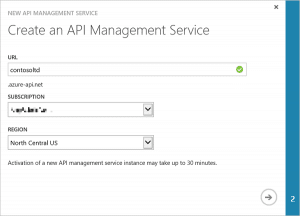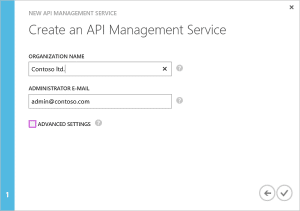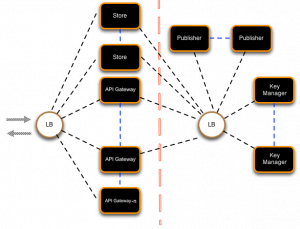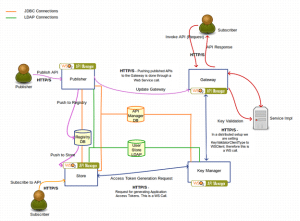Some months ago (more than a year), I was playing with the WordPress REST API. I did an analysis about how to implement a distributed OAuth 2.0 system as an attempt to collaborate with the community. I wrote it as a comment over a discussion post, but I am going to replicate that here in order to save it with my other ideas and works.
- coolapp.com is the site of the app
- cooldev.com is the WP site of the developer in which I defined the app as multitenant
- cooluser.wordpress.com is the WP site of the user who wants authorize coolapp.com to interact
01- User access to coolapp.com and says “Hey, I want to use this cool app”
02- coolapp.com ask for its server and user writes cooluser.wordpress.com
03- coolapp.com ask to cooluser.wordpress.com to identify the user
04- the user writes his credentials in cooluser.wordpress.com
05- cooluser.wordpress.com redirects to coolapp.com with a code saying “Yeah, this man is my man”
06- coolapp.com then ask to cooldev.com and says “Hey, I have a user with a code that wants to acces to the resource cooluser.wordpress.com and I am the coolapp.com (this is my client_id and this my client_secret)”
07- cooldev.com generates a token
08- cooldev.com says to cooluser.wordpress.com “Hey, I just generated this token that expires in 3600 seconds”
09- cooluser.wordpress.com says “I would prefer not to work, but you know, it’s ok”
10- cooldev.com sends the response to coolapp.com with the token
11- then coolapp.com using the token, can now ask to cooluser.wordpress.com to do some stuff
If you look at this diagram
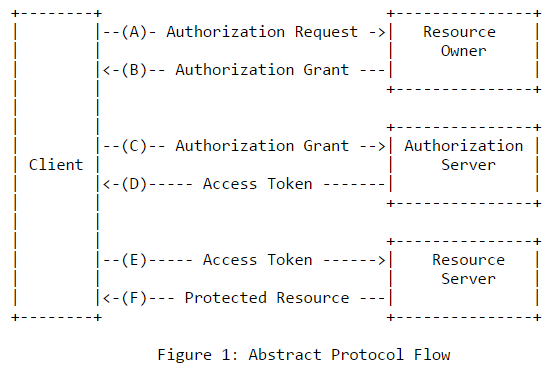
Client = coolapp.com
Resource Owner = cooluser.wordpress.com
Authorization Server = cooldev.com
Resource Server = cooluser.wordpress.com
The RFC says:
“The interaction between the authorization server and resource server
is beyond the scope of this specification. The authorization server
may be the same server as the resource server or a separate entity.
A single authorization server may issue access tokens accepted by
multiple resource servers.”
but with some conversation like the one in 8 and 9 it could be resolved.

